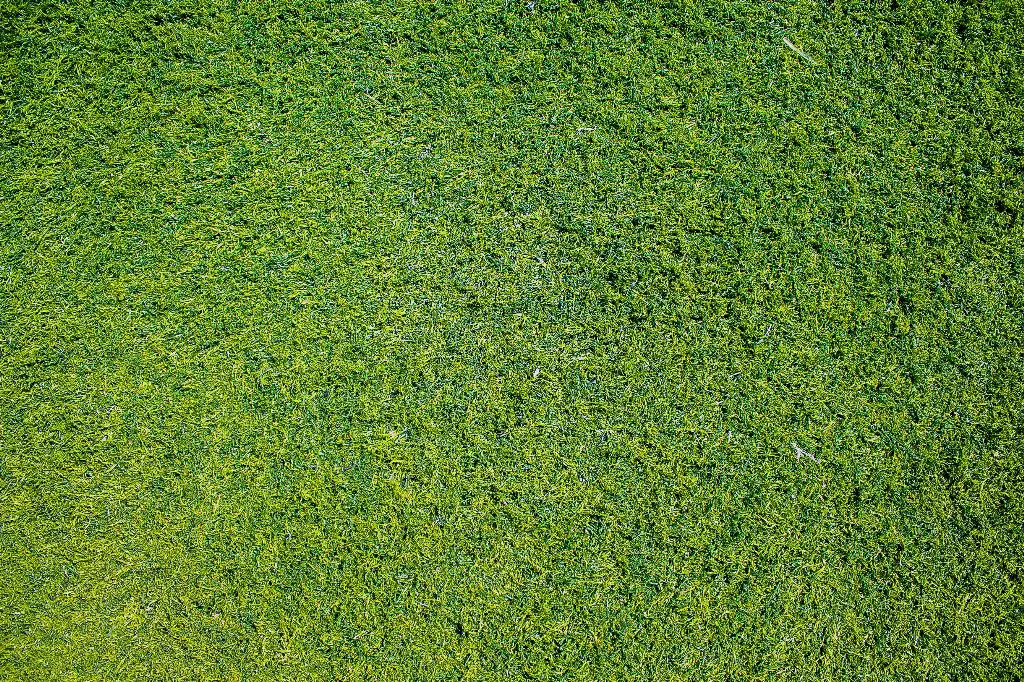Before you start seeding your lawn in the spring, it’s essential to prepare the ground properly. Digging or tilling the soil to a depth of about 3 inches will help loosen the dirt and create a suitable environment for the seeds to germinate.
Adding Essential Nutrients
Once the ground is prepared, it’s time to add nutrients that will nourish the grass seeds. Mix in compost, topsoil, and a starter fertilizer to provide the seeds with the essential elements they need to grow strong and healthy.
Protecting the Grass Seed
After sowing the grass seed, it’s crucial to protect it from birds, wind, and sunlight. Covering the seeded area with a thin layer of mulch or straw can help retain moisture and prevent the seeds from being disturbed.
Properly Watering the Seed
Watering is a critical step in the seeding process. Keep the soil consistently moist but not waterlogged to promote germination. A light daily watering is usually sufficient, but adjust according to weather conditions.
Mowing the New Grass
Once the grass starts to grow, it’s important to maintain it properly. Mow the new grass at the recommended height for the specific grass type you’ve planted. This will encourage healthy growth and discourage weed invasion.
Controlling Weed Growth
Weeding is an ongoing task in lawn care. Regularly inspect the seeded area for any weeds that may be trying to take root. Use a hand tool or a safe herbicide to eliminate weeds without harming the new grass.
Caring for Your Newly Seeded Lawn
After your lawn has been seeded, it’s essential to continue caring for it properly. Regularly water the grass, mow it at the right height, and fertilize as needed to ensure a lush and healthy lawn.
Monitoring Growth Progress
Keep a close eye on the progress of your newly seeded lawn. Look for signs of healthy growth such as vibrant green color and thickening of the grass. Address any issues promptly to promote optimal growth.
Ensuring Proper Sunlight Exposure
Grass seeds require sunlight to thrive. Make sure your newly seeded lawn receives adequate sunlight throughout the day. Trim back any overhanging branches or structures that may be blocking the sun.
Protecting from Extreme Weather
Be mindful of extreme weather conditions that may affect your newly seeded lawn. Provide shade during scorching days and cover the seeded area if heavy rain is expected to prevent washout and erosion.
Pest Prevention
Keep an eye out for any pests that may pose a threat to your newly seeded lawn. Use natural pest control methods or consult with a professional if you notice signs of grub or insect infestations.

Enjoying Your Lush Green Lawn
With proper care and attention, your newly seeded lawn will transform into a lush green oasis. Take pride in your hard work and enjoy the beauty of a healthy, vibrant lawn that you can relax and play on.
